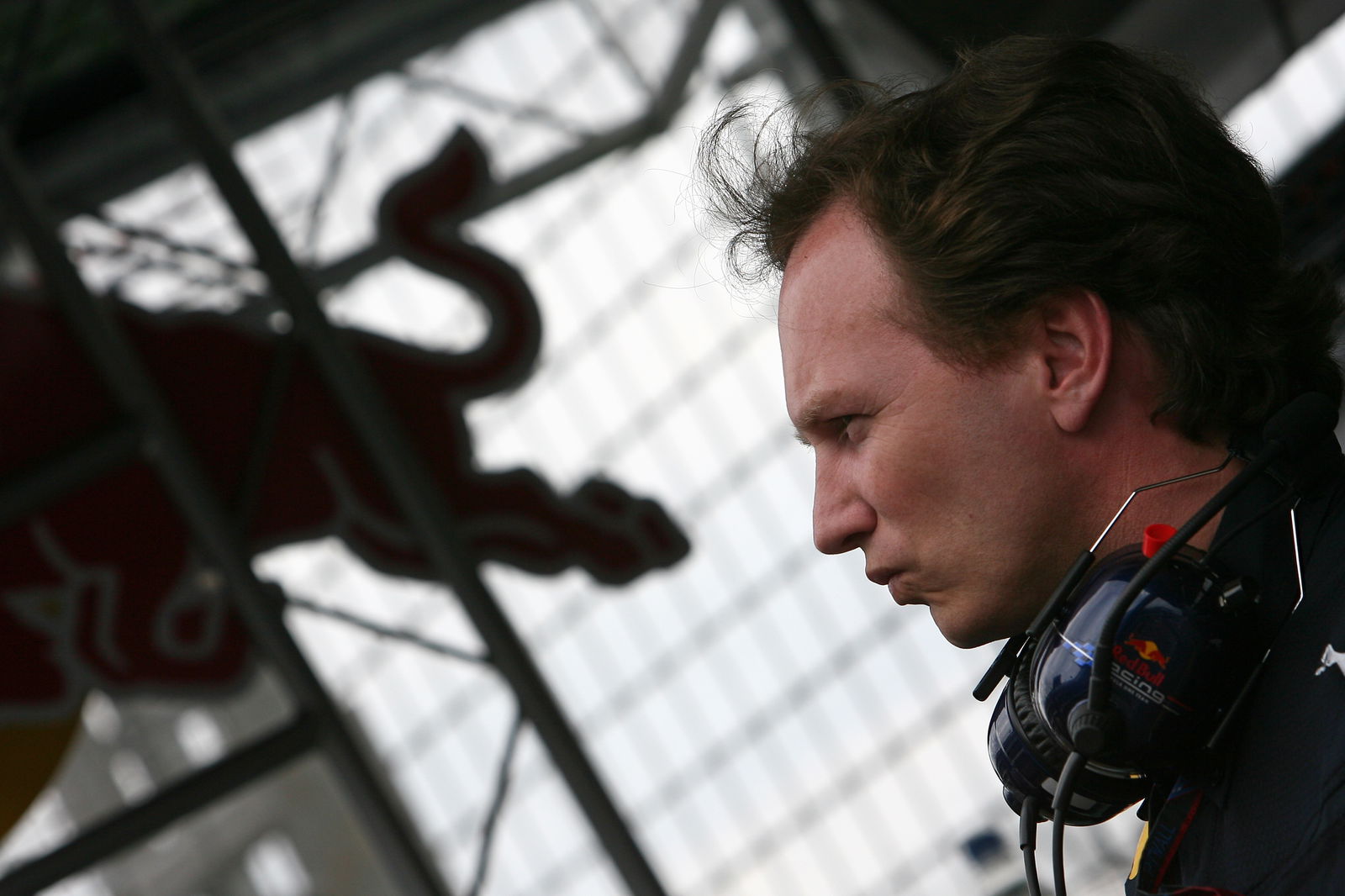FIA clarifies ride-height regulations

F1 governing body the FIA has sought to clarify the regulations regarding adjustable suspension and ride-heights in the top flight - releasing an official warning that any device used to alter the distance between the underbody of the chassis and the track from qualifying to the race is strictly prohibited.
Red Bull Racing - which has started each of the opening three grands prix of the F1 2010 campaign from pole position, and which finally achieved what it had been threatening to do right from the 'off' by sweeping to a commanding one-two in Malaysia last weekend - has been accused by fellow front-runner McLaren-Mercedes of running a special ride-height function.
That is the conviction of the Woking-based outfit's team principal Martin Whitmarsh, who opined at the Australian Grand Prix last month that Red Bull is employing a system in contravention of the sport's rules. In response to that, McLaren is now hurriedly rushing to play catch-up should its rival's development be declared lawful, in a situation that would echo the 'double-decker' diffuser controversy of this time last year - the very d?b?cle that led to steps being implemented that were supposed to ensure far greater transparency in 2010...
"Frankly, a few months ago if the engineers had come to me and said, 'We're going to design this ride-height control system', I would have said, 'Actually, I don't think it's permissible'," Whitmarsh told the BBC in Melbourne. "There's some evidence that perhaps such systems are considered legal; it looks like Red Bull and some other cars are able to run lower in qualifying than you would expect if they're then going to fill the car with fuel afterwards.
"The original rulings suggested such systems wouldn't be allowed on cars, but we're seeing some cars which seem to have them. If they do, then we're going to get one as quick as we can. As you can imagine, we're working quite hard on those systems now. We've got to have them fitted as soon as we can - hopefully by China we'll have something on the car."
RBR counterpart Christian Horner has hit back by insisting he can 'absolutely guarantee' that no such system is in-place on the Adrian Newey-designed RB6 - adding that the energy drinks-backed concern would protest any team that did use one.
Active ride-height innovations were pioneered by the original Team Lotus, and brought great success to Williams in the early 1990s before being banned in 1993 in the interests of equality. The main benefit afforded now would be to allow a car that qualifies on a light fuel load enough ground clearance when the tank is subsequently filled to the brim on race day.
'Any system, device or procedure, the purpose and/or the effect of which is to change the set-up of the suspension whilst the car is under parc ferm? conditions, will be deemed to contravene Article 34.5 of the F1 Sporting Regulations,' read an FIA missive. 'Any self-levelling damper system is likely to contravene (Article) 3.15 of the technical regulations.'
Should any alterations be made to a car's suspension under parc ferm? regulations, the driver is subsequently obliged to begin the grand prix from the pit-lane.
